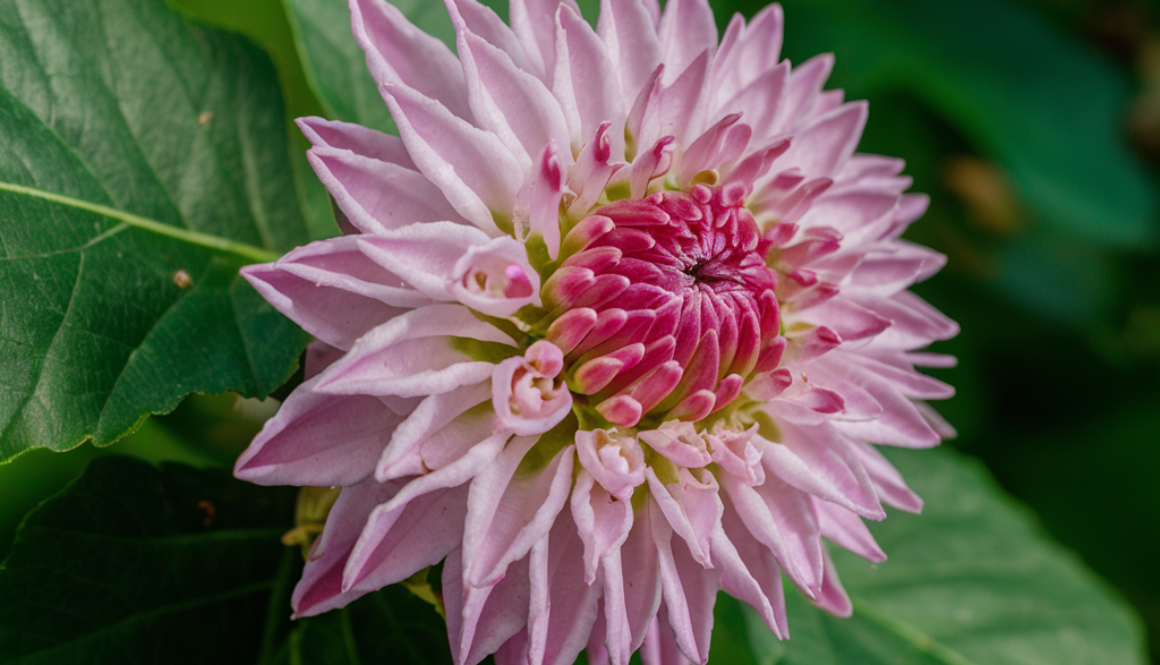Bur flower tree
The Bur flower tree, scientifically known as Neolamarckia cadamba, is a fast-growing tropical tree native to South and Southeast Asia. Also known as Kadam or Kadamba, this tree is renowned for its fragrant, ball-shaped flowers and broad, lush leaves. It holds cultural and medicinal significance in various regions and is often planted as an ornamental tree.
Part Used: The primary parts of the Bur flower tree used are its flowers, leaves, bark, and fruit. Each part contains various bioactive compounds that contribute to the tree’s medicinal properties. The flowers are particularly noted for their pleasant fragrance and are often used in religious and cultural rituals.
Usage: The Bur flower tree has a wide range of uses in traditional medicine. The leaves and bark are used to treat fever, skin diseases, and wounds due to their anti-inflammatory and antiseptic properties. The flowers are used in aromatherapy and are believed to have calming effects. The fruit is sometimes used to treat digestive disorders. Additionally, the wood of the Bur flower tree is lightweight yet durable, making it suitable for furniture, plywood, and paper production. The tree’s rapid growth and dense canopy also make it an excellent choice for reforestation and afforestation projects.
Agrotechniques: Cultivating the Bur flower tree requires a warm, tropical climate with ample rainfall. The tree thrives in well-drained, loamy soils but can adapt to a variety of soil types, including clay and sandy soils. It is typically propagated from seeds, which should be sown in a nursery before transplanting to the field. The seedlings require regular watering and partial shade during the initial growth stages. Once established, the tree is relatively low-maintenance, requiring occasional pruning to maintain its shape and promote healthy growth. Fertilization with organic matter can enhance growth and flower production. The tree is also resilient to pests and diseases, making it an ideal choice for sustainable forestry and landscaping projects.

